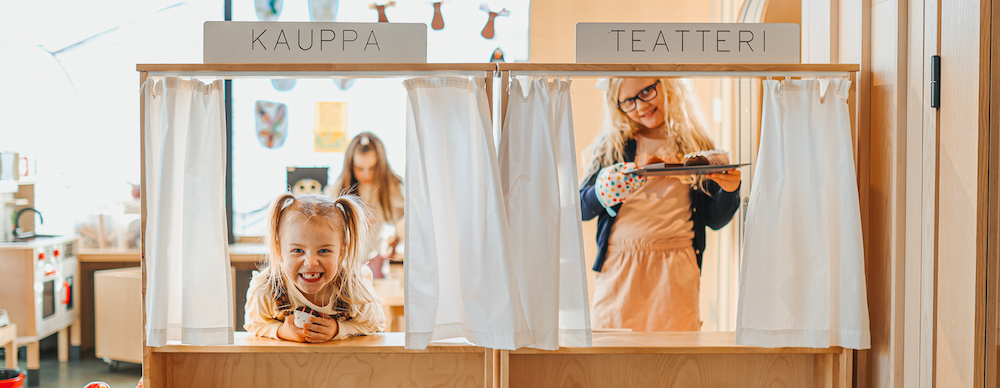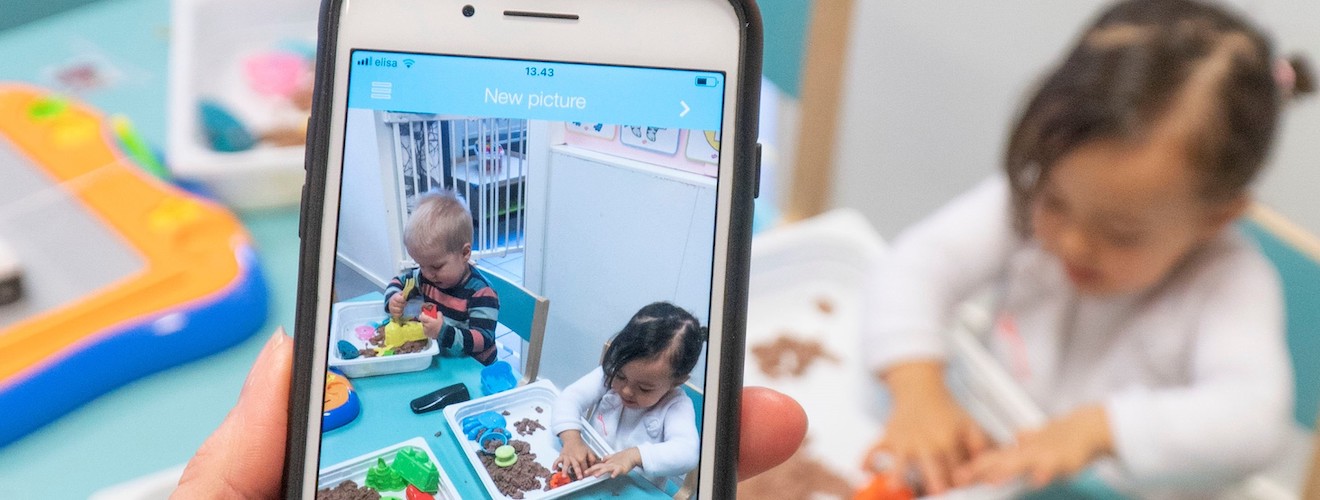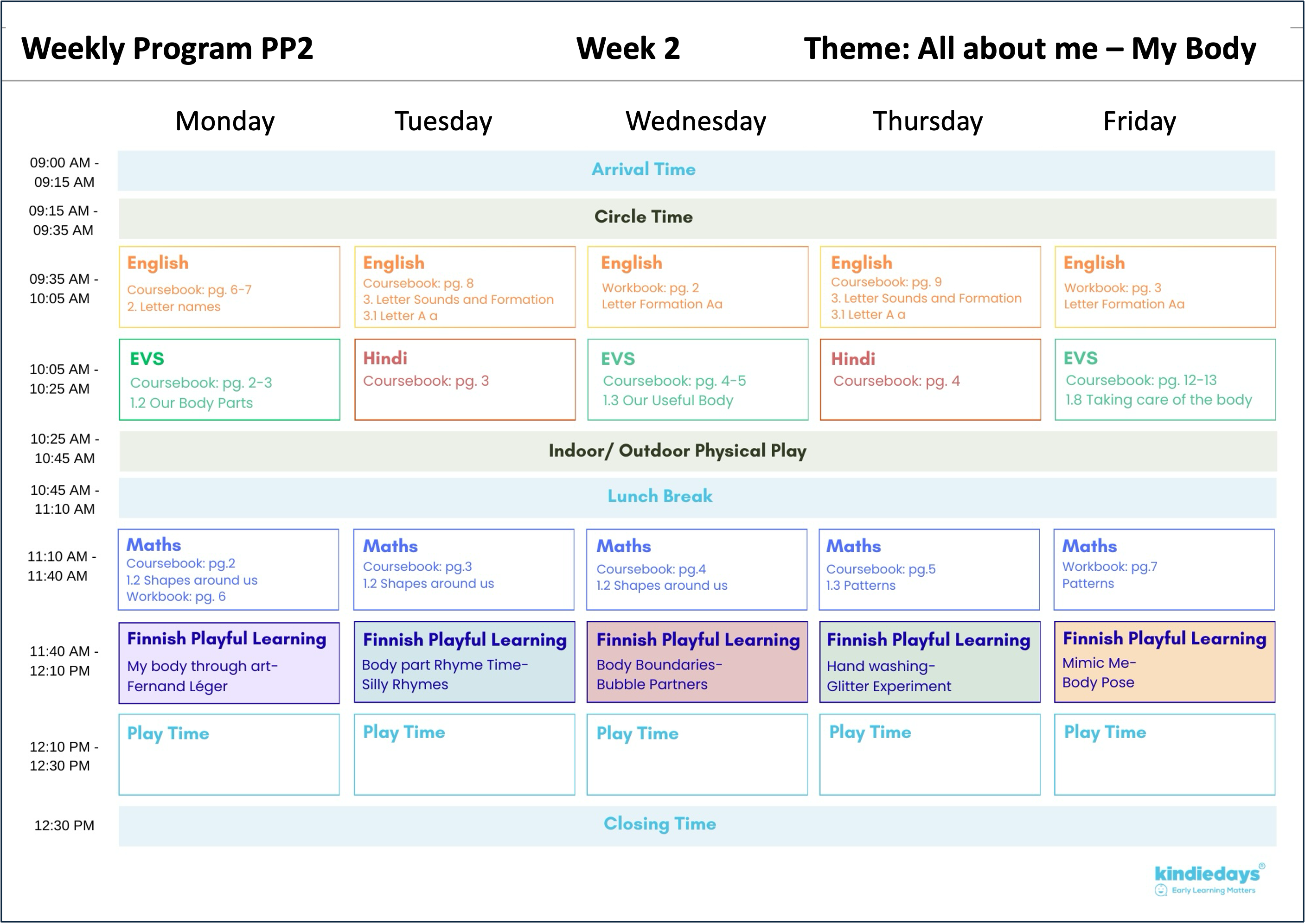Part 2 of 7
Here we continue with Part 2 of our series of blog posts from Ranjan Goyal, one of the leading experts in the field of preschool education. In this blog, we create a business plan for our new preschool. You can find Part 1 HERE.

1. Executive Summary
India’s preschool market is growing rapidly, driven by young urban parents seeking high-quality early childhood education aligned with global standards. The National Education Policy (NEP 2020) emphasizes play-based, child-centered learning, opening opportunities for premium preschools to differentiate themselves through superior pedagogy, improved teacher quality, and strong parent engagement.
Our preschool aims to establish itself as a boutique, premium preschool offering international best practices adapted to the needs of Indian families. It will cater to mid- to high-income parents in metropolitan or Tier 1 cities, charging an annual fee of ₹1.5 –₹ 4.0 lakhs.
The preschool will be positioned around three pillars:
- Holistic Education – Blending play-based pedagogy from Finland/Montessori/Reggio Emilia with NEP 2020 compliance.
- Teacher Excellence – Continuous professional development to ensure nurturing and skilled educators.
- Parent Engagement – Transparent, technology-driven updates showcasing children’s progress and building parent trust.

2. Market Analysis
2.1 Industry Overview
- India’s preschool sector is valued at ₹30,000+ crore, growing at ~18% CAGR.
- Urban working parents prioritize safe, premium preschools offering international pedagogy.
- Parents demand academic readiness, as well as holistic skills such as creativity, confidence, and social-emotional development.
2.2 Target Market
- Age group: 1.5 – 6 years (Playgroup, Nursery, Jr. KG, Sr. KG).
- Parent profile: Double-income families, professionals, entrepreneurs, or NRIs; annual household income ₹20–60 lakhs+.
- Location: Premium residential areas in metro cities (Delhi NCR, Mumbai, Bengaluru, Hyderabad, Pune, Chennai, Kolkata) or fast-growing Tier-1 cities (Ahmedabad, Chandigarh, Lucknow, Coimbatore, Nasik).
2.3 Competition
- International brands: Vivero, Kido, Dibber, Maple Bear, Safari Kid
- Indian chains: Kidzee, Little Millennium, Podar Jumbo Kids, EuroKids, Kangaroo Kids
- Boutique preschools: Small, independent centers with a unique positioning
Gap: Many competitors focus heavily either on academics OR on international branding, without strong parent engagement. Our preschool will stand out through quality pedagogy + transparency with parents + personal care.

3. Vision, Mission & Values
- Vision: To be the most trusted premium preschool that nurtures happy, confident, and creative learners.
- Mission: To provide world-class early childhood education tailored to Indian culture, empowering children, teachers, and parents.
- Core Values: Child-first, Transparency, Innovation, Inclusivity, Safety.
.png)
4. Curriculum & Pedagogy
4.1 Framework
- Foundation: Play-based and inquiry-driven curriculum aligned with NEP 2020.
- Influences: Finnish early childhood education, Montessori principles, Reggio Emilia’s focus on creativity.
- Balance: Academic readiness (literacy, numeracy) + holistic growth (arts, sports, emotional well-being).
4.2 Key Features
- Daily routines with structured and free play.
- “Learning corners” (science, language, art, dramatic play).
- Outdoor learning: gardening, nature exploration.
- Celebration of Indian festivals with global exposure.
- Use of digital portfolios for tracking progress.

5. Infrastructure & Facilities
5.1 Location
- Premium residential neighborhood with easy access, visibility, and parking.
- Ideally, a space of 3,000–5,000 sq. ft. with an outdoor play area.
5.2 Design & Layout
- Bright, spacious classrooms with natural light.
- Safety features: CCTV, biometric entry, child-safe materials.
- Child-sized furniture, interactive walls, sensory play areas.
- Library, music/art room, sand & water play zone.
- Kitchen for healthy meals/snacks.
.png)
6. Human Resources
- Principal/Head of School – Experienced in Early Years.
- Teachers – passionate, trained in early childhood pedagogy.
- Support staff, including assistants, housekeeping personnel, and nurses.
- Teacher–child ratio: 1:8 (playgroup) and 1:12 (Nursery/KG).
Training
- Monthly workshops on pedagogy, child psychology, and classroom management.
- Parent communication and cultural sensitivity training.
.png)
7. Technology & Parent Engagement
- Mobile app for daily updates, photos, and child portfolios.
- Digital assessments linked to NEP learning outcomes.
- WhatsApp broadcasts for announcements.
- Regular parent-teacher meetings and workshops.

8. Marketing & Branding
8.1 Brand Positioning
“A premium preschool inspired by global best practices, rooted in Indian values, and powered by personal care.”
8.2 Launch Strategy
- Pre-launch (3–6 months before opening):
- Branding: Logo, website, social media setup.
- Awareness: Parenting workshops, demo classes, free play events.
- Partnerships: Pediatricians, maternity hospitals, and real estate developers.
- Launch:
- Open house events with trial sessions.
- Early bird discount for the first 30 enrollments.
- Media coverage in local parenting magazines and digital platforms.
- Ongoing:
- Instagram reels of daily school life (parents love this).
- WhatsApp updates to prospective parents.
- Referral program rewarding existing parents.
.png)
9. Operations Plan
- Academic calendar: April–March OR June–April.
- School timings: 9:00 am – 12:00 pm (preschool) + extended daycare till 6 pm.
- Programs offered:
- Playgroup (1.5–2.5 years)
- Nursery (2.5–3.5 years)
- Junior KG (3.5–4.5 years)
- Senior KG (4.5–5.5 years)
- Daycare services

10. Financial Plan
10.1 Initial Investment (Estimated for Tier 1 city)
- Deposit & Interiors: ₹40–80 lakhs
- Furniture & Equipment: ₹10–15 lakhs
- Learning Materials: ₹5 lakhs
- Technology setup: ₹3 lakhs
- Marketing & Pre-launch: ₹10 lakhs
- Working capital (6 months): ₹20 lakhs
Total investment: ₹90 lakhs – ₹1.3 crore
10.2 Revenue Model
- Annual fee per child: ₹1.5 – 4.0 lakhs (depending on city & positioning).
- Capacity: 120–150 students across levels.
- Potential annual revenue (120 students × avg. ₹2.5 lakhs): ₹3 crores.
- Daycare services, after-school activities, and workshops incur an additional 15–20% cost.
10.3 Profitability
- Operating costs (salaries, rent, utilities, consumables): ~₹1.5–1.8 crores/year.
- Expected net profit margin: 20–25% after 2nd year.
- Break-even: 18–24 months.
.png)
11. Risk Analysis & Mitigation
- Parent trust: Mitigate by transparent communication and safety measures.
- Teacher turnover: Offer competitive salaries, efficient use of technology to minimize administrative work, regular & relevant training, and career development.
- Competition: Differentiate with pedagogy, quality, and parent engagement.
- Regulatory changes: Stay informed about the latest NEP guidelines and local child welfare norms.
.png)
12. Growth & Expansion
- Short-term (Years 1–2): Establish brand reputation, stabilize enrollment, achieve profitability.
- Medium-term (Years 3–5): Open 1–4 additional centers or expand into a K-12 feeder school.
- Long-term (Year 5+): Create a teacher training academy or franchise model to scale.
.png)
Conclusion
Starting a premium preschool in India is a profitable and impactful venture if built on strong pedagogy, parent engagement, and operational excellence. By blending global best practices with Indian cultural values, this preschool will not only attract discerning parents but also set new benchmarks in early childhood education.
The initial years require significant investment in infrastructure, teacher training, and marketing. However, once trust and reputation are established, the preschool will enjoy stable enrollments, healthy profits, and opportunities for expansion into multiple revenue streams.
What next?
In the following guest blog post, Ranjan will help you make a 6-month Road Map to Launch Your Premium Preschool. Don't miss it.
👉 In the meantime, join our Free Webinar about the "Strengths of Finnish Education" on October 4th. Check the invitation from Kindiedays on LinkedIn!
Team Kindiedays
--------------------------------------------------------------------------------------------------------------------
Kindiedays blog series to start a preschool
Kindiedays blog series to start a preschool
If you’ve been following our blog series, you now have a complete toolkit:
Part 1: How to Set Up a Preschool?
Part 2: Business Plan for a Premium Preschool in India
Part 3: Action Plan for Launching Your Preschool for Next Term
Part 4: How Visionary Owners Are Leading the Change
Part 5: Change Management Process
Part 6: Quality Assured Learning - The Competitive Edge
Part 7: How to Select a Curriculum Partner for Your Preschool
Many thanks to Ranjan for sharing his experience!
.png)